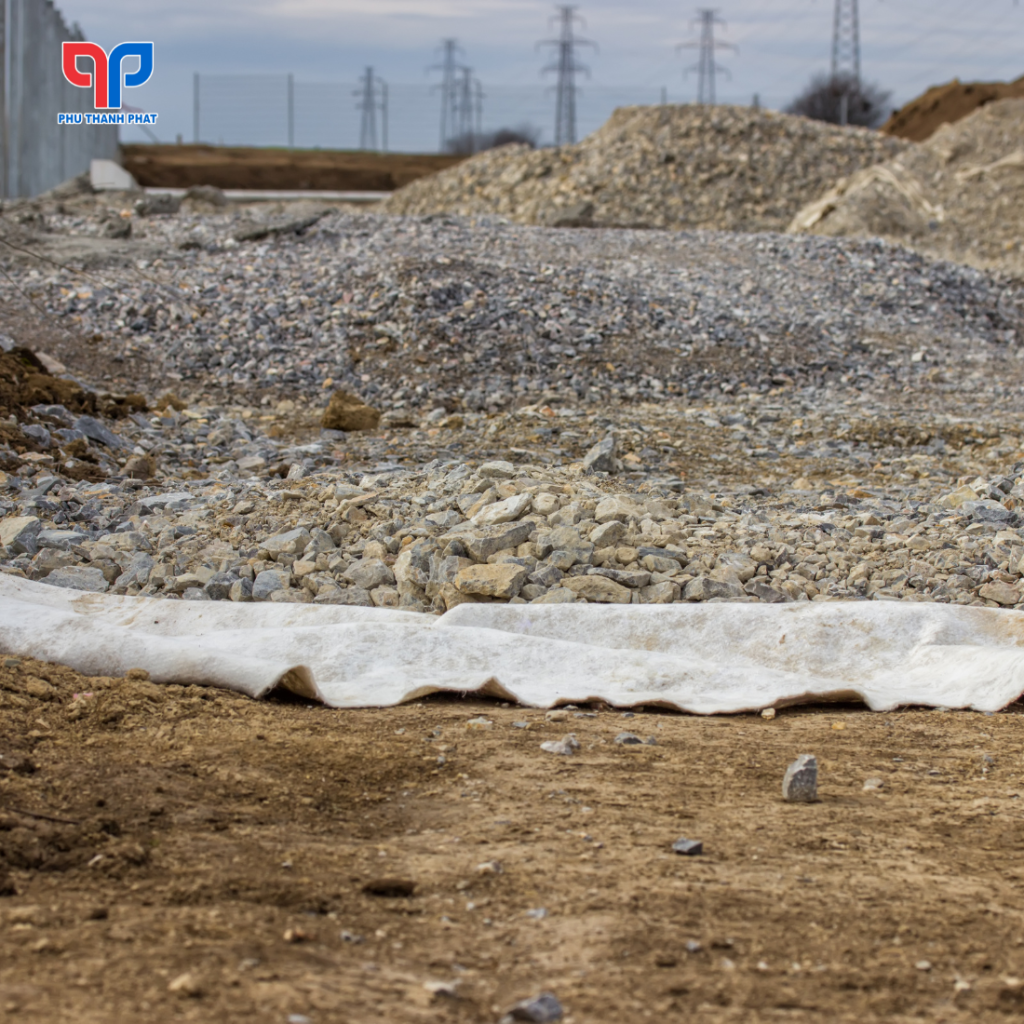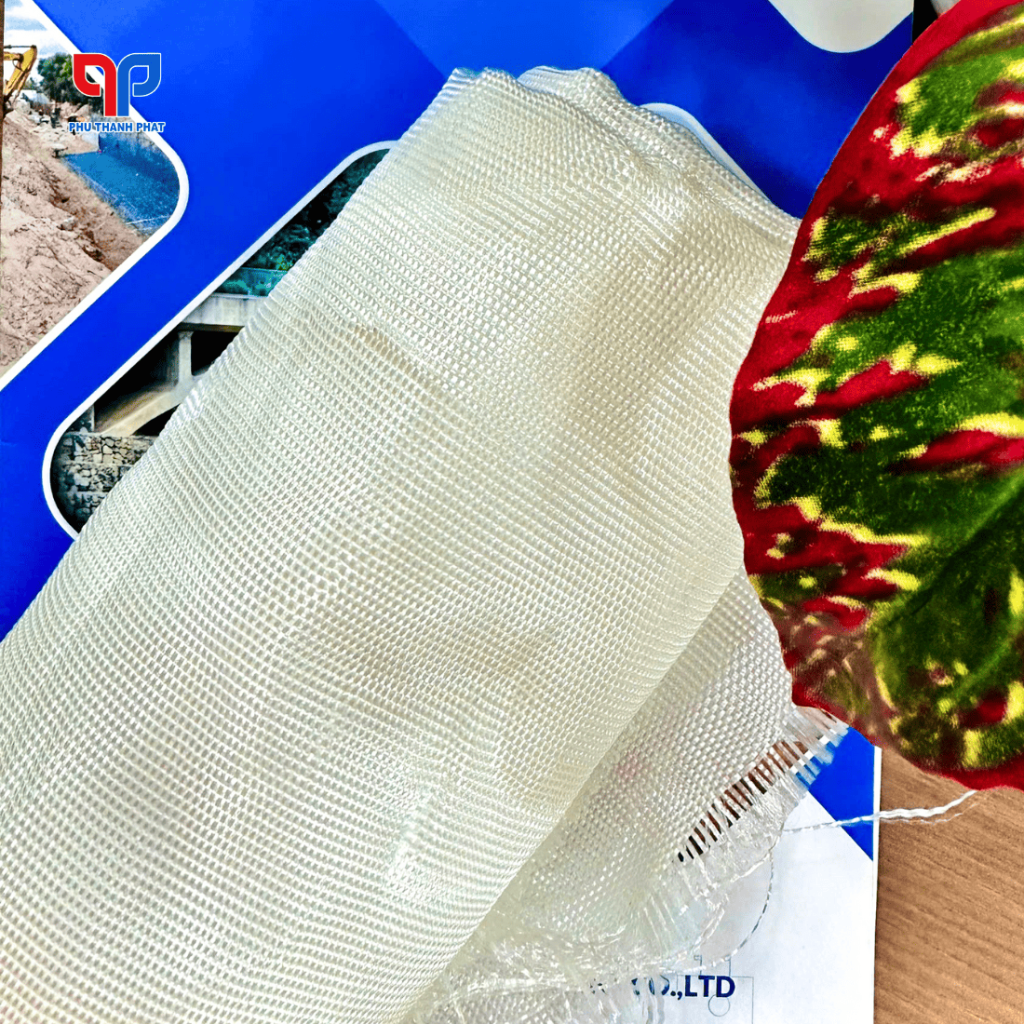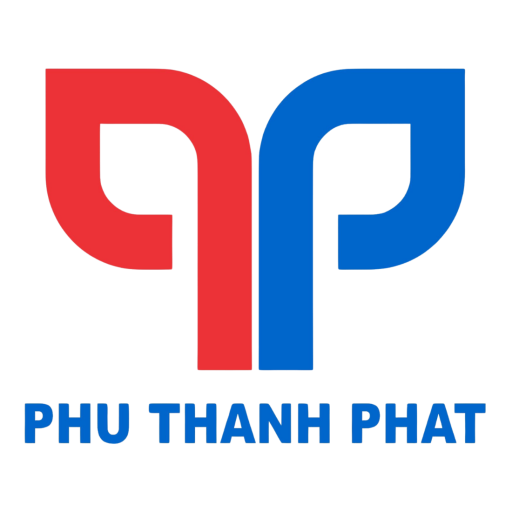Leveraging its superior advantages and widespread applicability across diverse construction sectors, ranging from transportation and irrigation to environmental and civil/industrial projects, woven geotextile GT has become an indispensable material in advanced and sustainable engineering solutions. The appropriate selection and utilization of woven geotextile GT, tailored to the specific requirements of each project, significantly contributes to the success and long-term durability of the undertaking. So, how is woven geotextile GT applied as a separation layer? Let’s delve into this topic with Phu Thanh Phat through the article shared below!
What is the Separation Function? Why is Separation Necessary in Construction Projects?
In the realm of geotechnics and construction, the separation function precisely refers to the ability to prevent the intermixing of material layers possessing distinct geomechanical properties. This is particularly crucial in projects featuring multiple directly contacting material layers where undesirable interaction can occur. Such interaction can lead to a decline in performance, reduced service life, and even structural failure of the construction.

Why is Separation Necessary in Construction Projects?
Maintaining the stability and integrity of individual material layers is paramount to ensuring the quality and longevity of a construction project. The intermingling of different material layers can trigger several serious issues:
- Reduced Bearing Capacity: When layers of varying strength intermix, the overall bearing capacity of the system can be significantly compromised.
- Impaired Drainage Efficiency: In subsurface or surface drainage systems, the filter layer must be separated from the water-conducting layer. Intermixing will obstruct the voids, decrease the coefficient of permeability, and reduce drainage efficiency.
- Material Contamination: The migration of fine particles from a weak subgrade soil into an embankment fill material can alter the original geotechnical properties and shorten the project’s lifespan.
- Structural Instability: In road or railway construction, the intermixing between a weak subgrade and the pavement layers can result in uneven settlement, potholes, and pavement cracking, jeopardizing traffic safety and increasing maintenance costs.
- Reduced Service Life: All the aforementioned factors contribute to a decrease in the designed service life of the structure, necessitating frequent repairs and maintenance, leading to economic and time-related expenditures.
Consequently, employing materials with an effective separation function is a critical technical requirement in numerous construction project types, helping to preserve the integrity of each material layer, ensure designed performance, and extend the project’s lifespan.
Application of the Separation Function of Woven Geotextile GT
Woven geotextile GT is a type of geosynthetic material manufactured by interweaving synthetic polymer (Polyester) filaments in a specific pattern using a weaving process. This structure endows woven geotextile GT with high tensile strength, low elongation, and controlled aperture size (OOS). These characteristics make woven GT an effective solution for the separation function in various construction applications:

- Separation between a weak subgrade soil and a fill material: Preventing the migration of silt and clay particles from the weak subgrade into the fill material, thereby maintaining the stability, bearing capacity, and drainage properties of the fill layer.
- Separation in drainage systems: Preventing fine soil particles from entering the drainage system, causing clogging and reducing drainage efficiency over time. Simultaneously, it allows water to permeate into the system due to the controlled pore size distribution of the fabric.
- Separation between the sub-base and base course in pavements: Preventing the intrusion of fine particles from the sub-base into the base course, maintaining the stability and longevity of the pavement structure.
- Separation in retaining walls and revetments: Preventing soil erosion and maintaining the structural integrity of the retaining structure.
- Separation in landfill applications: Protecting the liner from damage caused by the migration of soil particles or other elements from the cover material.
Typical Projects Utilizing Woven Geotextile GT for Separation
The separation function of woven geotextile GT has been extensively applied in various construction projects, yielding significant economic and technical benefits. Here are some notable examples:
- Highway Projects: Used for separation between the subgrade and sub-base, between the sub-base and aggregate base course, and between the aggregate base course and asphalt concrete layer. This ensures the stability of the road foundation, prevents uneven settlement, and extends the pavement’s service life.
- Railway Projects: Applied for separation between the subgrade and the ballast layer, preventing the infiltration of fine soil into the ballast, maintaining drainage capacity and track stability.
- Subsurface Drainage Systems: Woven geotextile GT is used to wrap drainage pipes and separate the filter sand layer from the gravel layer, ensuring the long-term efficient operation of the drainage system.
- Retaining Walls and Riverbank Protection: Woven GT is placed between the backfill soil and the protective riprap layer, preventing soil movement due to the action of currents and waves, while maintaining the stability of the structure.
- Landfill Applications: Used as a separation layer between the cover soil and the HDPE geomembrane, protecting it from punctures caused by sharp objects in the cover soil, ensuring the impermeability of the containment system.
- Soil Reinforcement Projects: Utilized as both a reinforcement layer and a separator between different fill layers, creating a stable mass capable of withstanding lateral earth pressure.
Conclusion
The separation function of woven geotextile GT plays a pivotal role in ensuring the quality, performance, and longevity of numerous construction projects. By preventing the undesirable intermixing of material layers with different properties, woven GT helps maintain the geomechanical properties of each layer, improves bearing capacity, enhances drainage efficiency, prevents material contamination, and ensures structural stability. If you have any inquiries or require consultation regarding woven geotextile GT for your project, please leave your information or contact Phu Thanh Phat directly. We will provide prompt support and address your questions as soon as we receive your information.
CONTACT INFORMATION
Head Office: 15 Street 5, Vinh Loc Residential Area, Binh Hung Hoa B Ward, Binh Tan District, Ho Chi Minh City
Hotline: 028.666.03482 – 0909.452.039 – 0903.877.809
Email: info@vaidiakythuat.com
